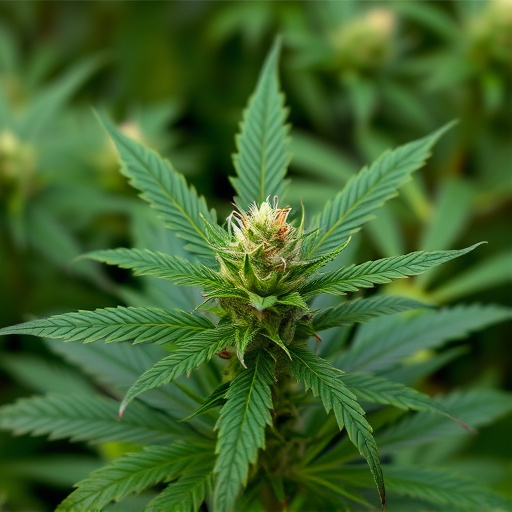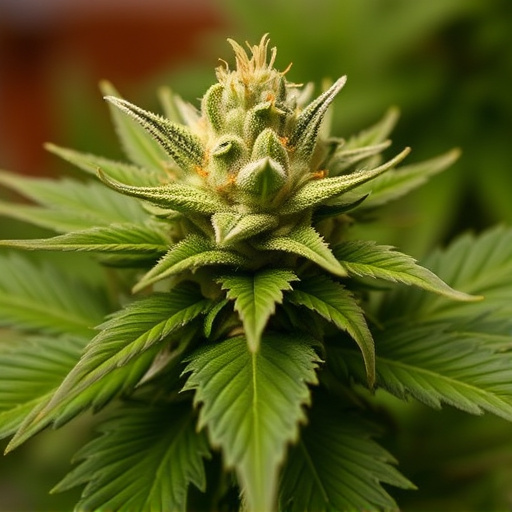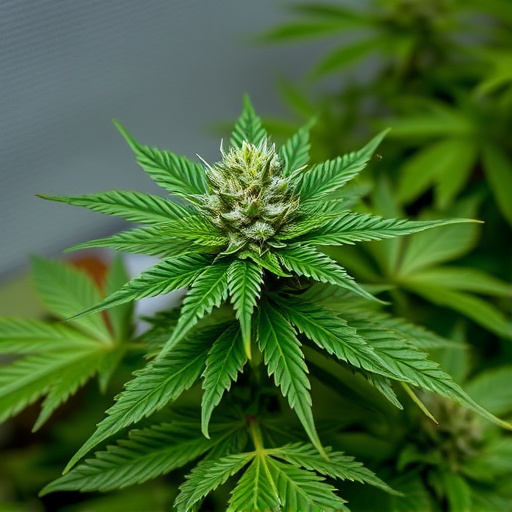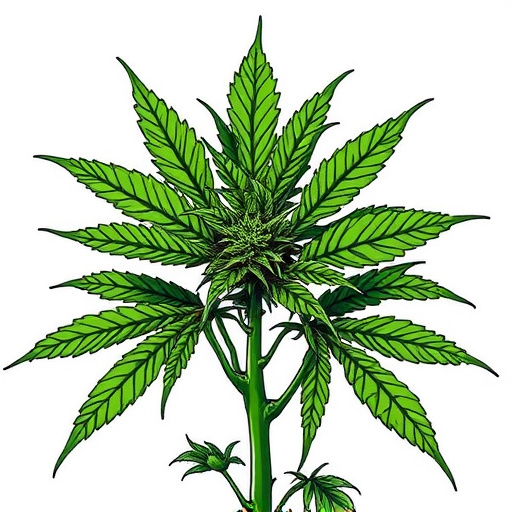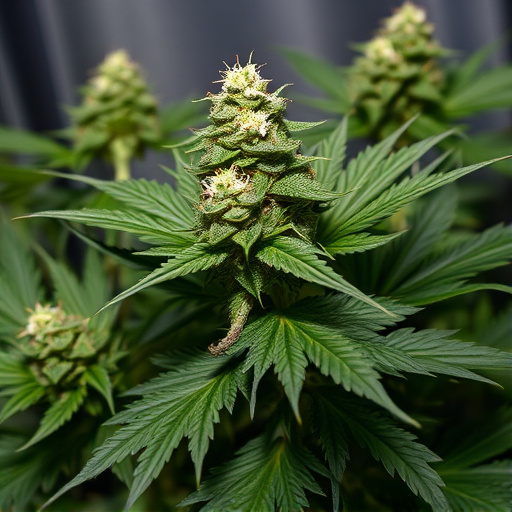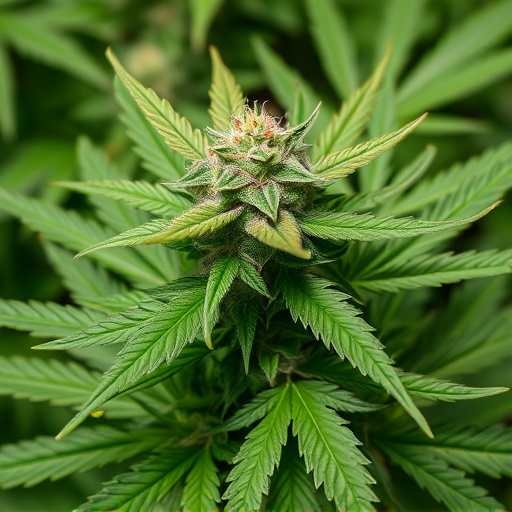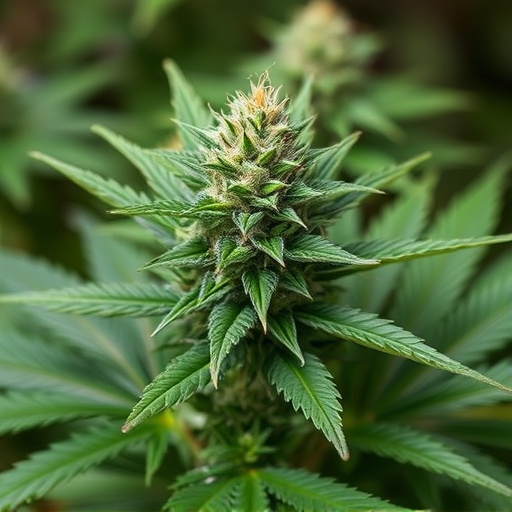TL;DR:
Medical marihuana users face prolonged detectability of cannabinoids in drug tests due to fat-soluble compounds like THC storing in fatty tissues. The half-life of THC (around 30 hours) indicates the time taken for half the initial amount to be eliminated. Individual factors such as metabolism, weight, tolerance, consumption method, and frequency of use significantly impact detection times, with edibles typically resulting in longer periods than smoking or vaping. High-THC strains generally have longer detection windows compared to CBD-rich ones, while certain strains metabolize cannabis faster, shortening detectability, crucial for users undergoing regular testing to stay within legal limits.
“Curious about how long cannabis flower stays detectable? Understanding your body’s interaction with cannabinoids is key. This article explores the science behind cannabis metabolism, delving into factors that influence its detection time in your system. From understanding elimination processes to the impact of specific medical marijuana strains, you’ll gain insights into what factors play a role. Whether you’re seeking knowledge for personal awareness or considering medical marijuana options, this guide offers valuable information.”
- Understanding Cannabis Metabolism and Elimination
- Factors Influencing Cannabinoid Detection Time
- Medical Marijuana Strains and Their Impact on Detection Period
Understanding Cannabis Metabolism and Elimination
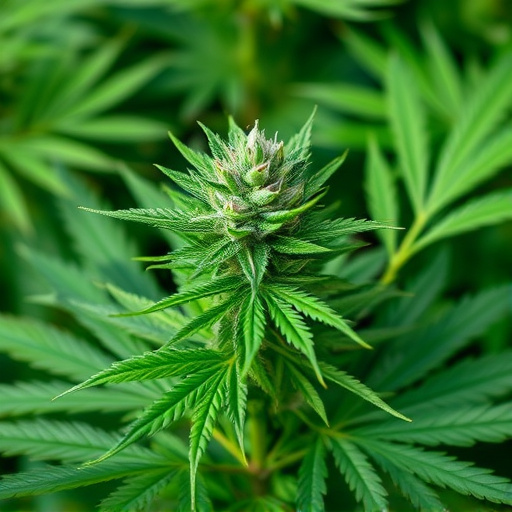
Cannabis metabolism refers to how your body processes and breaks down the active compounds present in the plant, while elimination is the subsequent removal of these compounds from your system. When you consume medical marihuana strains, whether through smoking, vaping, or ingestion, cannabinoids like THC (tetrahydrocannabinol) and CBD (cannabidiol) enter your bloodstream. These substances are fat-soluble, meaning they tend to get stored in adipose tissue and other fatty parts of the body. As a result, they can remain detectable in drug tests for extended periods, depending on factors like frequency of use, metabolism, and overall health.
The half-life of THC is approximately 30 hours, indicating that it takes about this time for your body to eliminate half of the initial amount consumed. However, this doesn’t mean you’ll test positive for cannabis after 30 hours; rather, it’s a measure of how quickly THC decays in your system. Factors like metabolism, weight, and individual tolerance can influence how long cannabis remains detectable, with heavier users potentially having longer retention times. Understanding these processes is crucial when considering the effects of medical marihuana on testing outcomes, especially for those with regular use or higher concentrations of cannabinoids in their chosen strains.
Factors Influencing Cannabinoid Detection Time
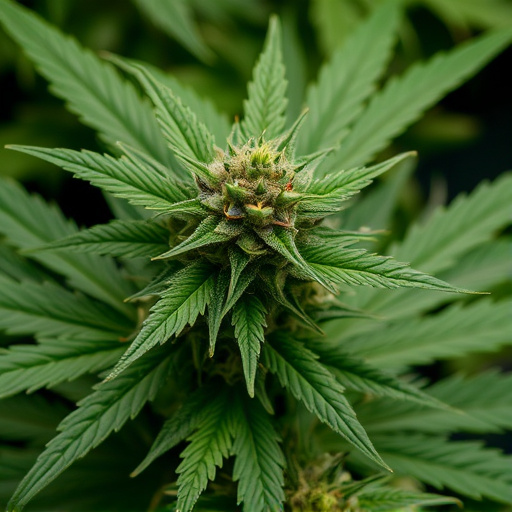
Several factors influence how long cannabis flowers, or its cannabinoids, remain detectable in your system after consumption. One significant factor is the method of consumption. Edibles, for instance, can produce longer-lasting effects and detection times compared to smoking or vaping because they are processed through the digestive system. The concentration of THC (tetrahydrocannabinol), one of the primary psychoactive compounds in cannabis, also plays a role. Higher THC levels generally mean longer detectable periods.
Additionally, individual metabolism and body composition contribute to varying detection times. Factors like weight, age, gender, and overall health can impact how quickly your body metabolizes and eliminates cannabinoids. Regular cannabis users may experience shorter detection windows due to their body’s increased tolerance. Conversely, occasional users might have longer detection times. Consuming high-potency medical marihuana strains can also extend the duration cannabis remains detectable in your system.
Medical Marijuana Strains and Their Impact on Detection Period
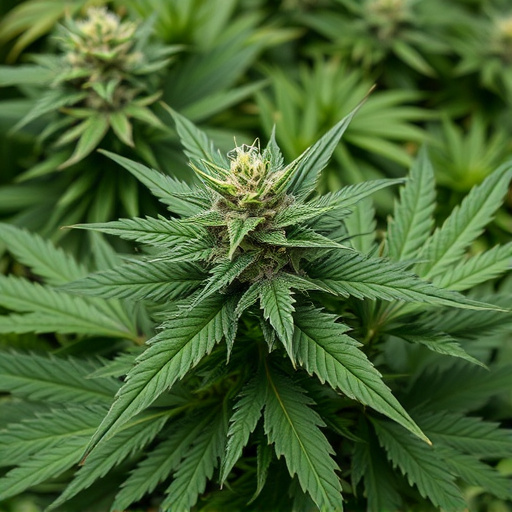
Medical marijuana strains play a significant role in determining how long cannabis remains detectable in your system. These specialized varieties, with their unique cannabinoid profiles, can influence both the duration and intensity of post-use testing positives. For instance, high THC (tetrahydrocannabinol) content strains might result in longer detection windows compared to CBD (cannabidiol)-rich ones. This is because THC is more readily detectable by standard drug screening methods.
Additionally, certain medical marijuana strains are known for their rapid metabolism and shorter retention times. Patients using these breeds can expect faster clearance of cannabis from their systems. Conversely, slower-metabolizing strains could extend the period during which cannabis remains detectable. Understanding the impact of specific medical marijuana strains is crucial for individuals requiring regular testing, ensuring they stay within legal limits.
Cannabis metabolism is a complex process, and the time it takes for cannabinoids to clear your system varies based on factors like frequency of use, metabolism, and the type of cannabis consumed. Medical marijuana strains, with their varying THC and CBD profiles, can significantly influence detection times. Understanding these dynamics is crucial for individuals navigating the legal use of medical marihuana strains. Regular consumption may result in longer detection periods, impacting testing scenarios. Being mindful of these factors empowers users to make informed decisions regarding cannabis use and its potential implications.


